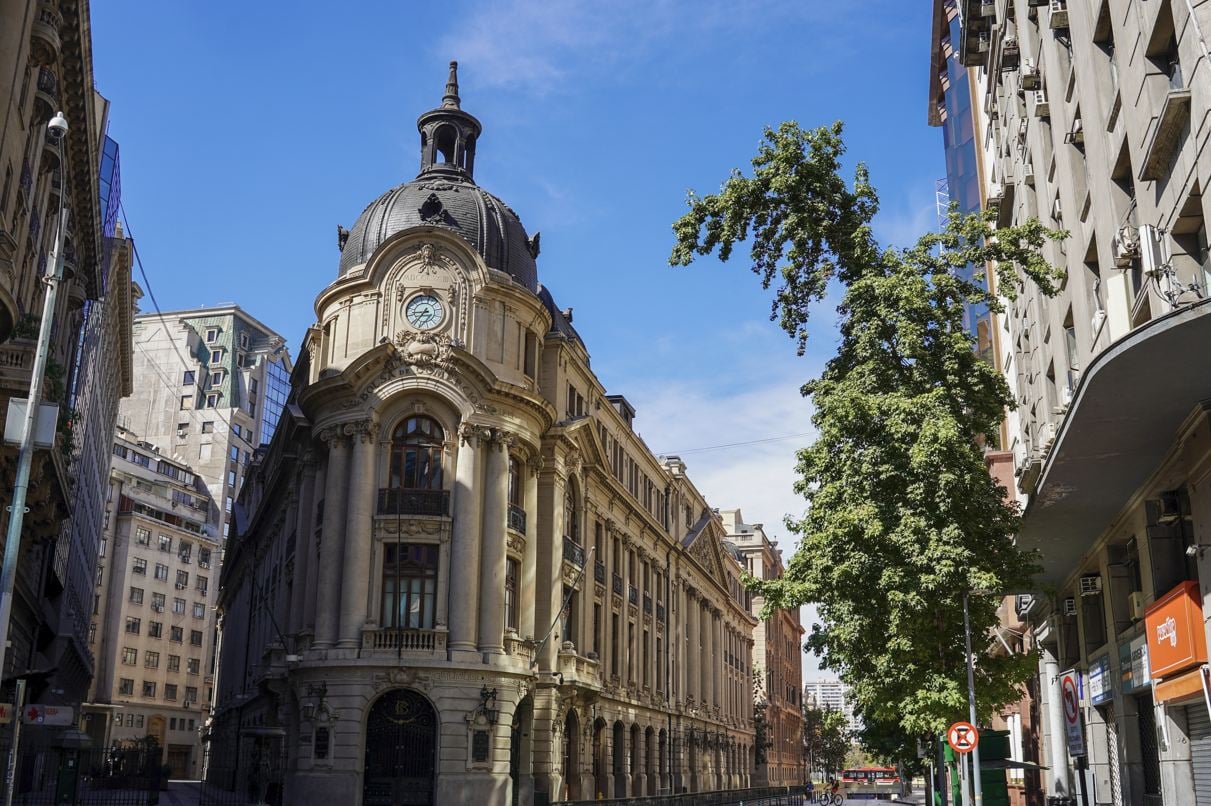
Travelers dreaming of Patagonian glaciers and world-class wineries may need to pack some extra situational awareness for their next trip south. The U.S. Embassy has just issued a security alert for Americans heading to Chile, a nation celebrated for its stunning natural beauty, from the Atacama Desert to the very tip of South America.

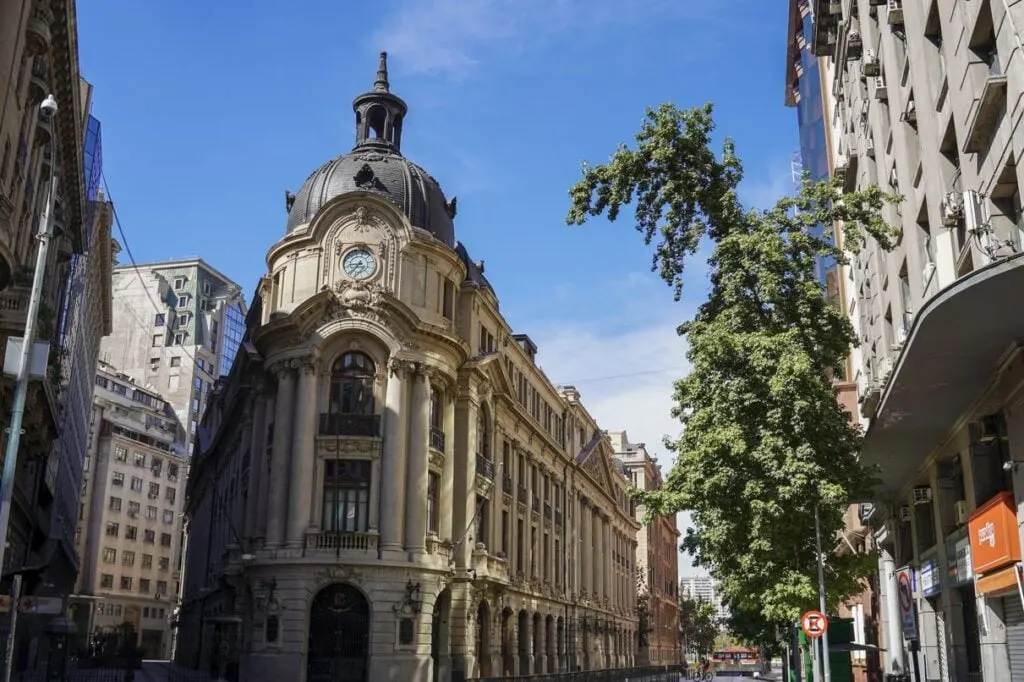
The alert paints a picture of a country where travelers need to be more vigilant than ever, citing a noticeable increase in street crime, particularly in major tourist hubs. While millions visit without issue, this new warning suggests that the security landscape has shifted, and being prepared is no longer optional—it’s essential.
What The New Embassy Alert Says
The core of the embassy’s warning centers on a spike in common, yet disruptive, street crime. It’s not about avoiding the country altogether; it’s about understanding the new risks. The alert specifically highlights an uptick in pickpocketing, purse snatching, and phone theft in crowded areas like markets, bus stations, and metro systems.
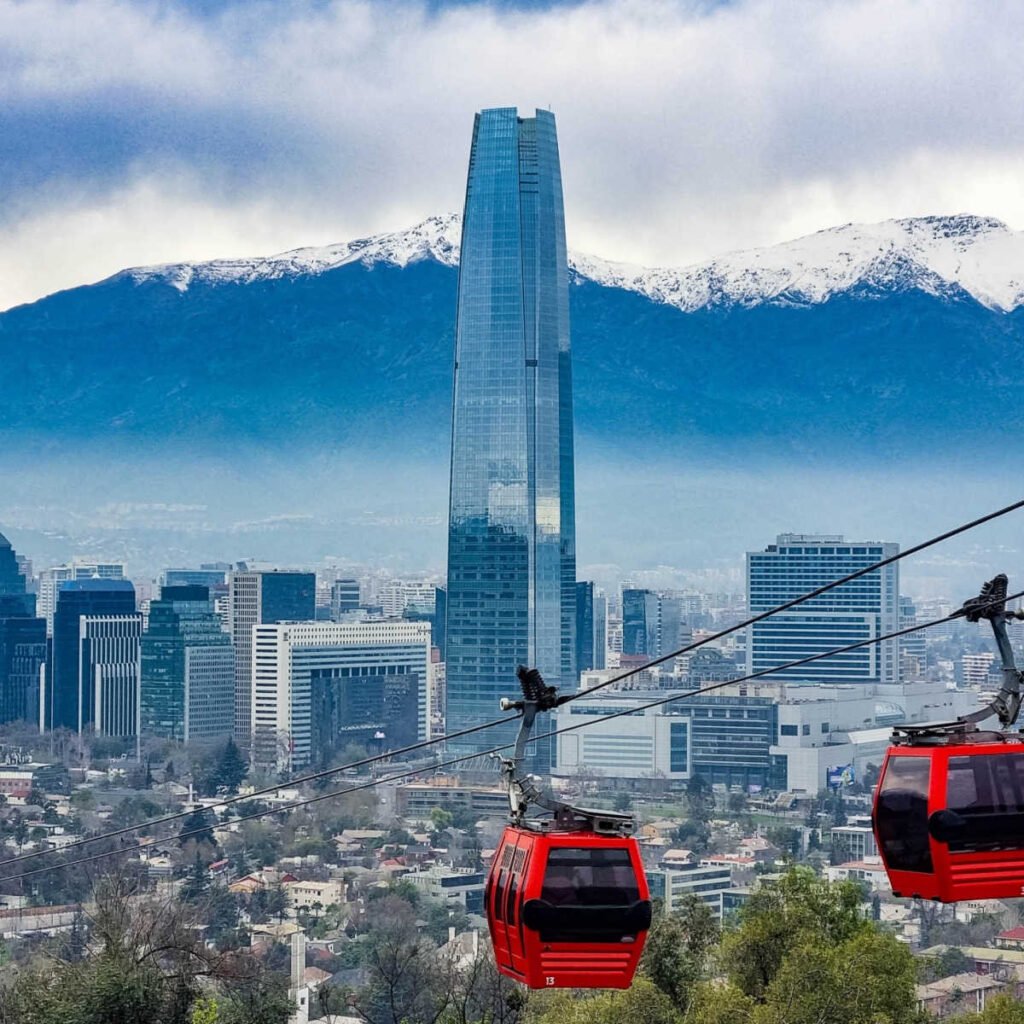
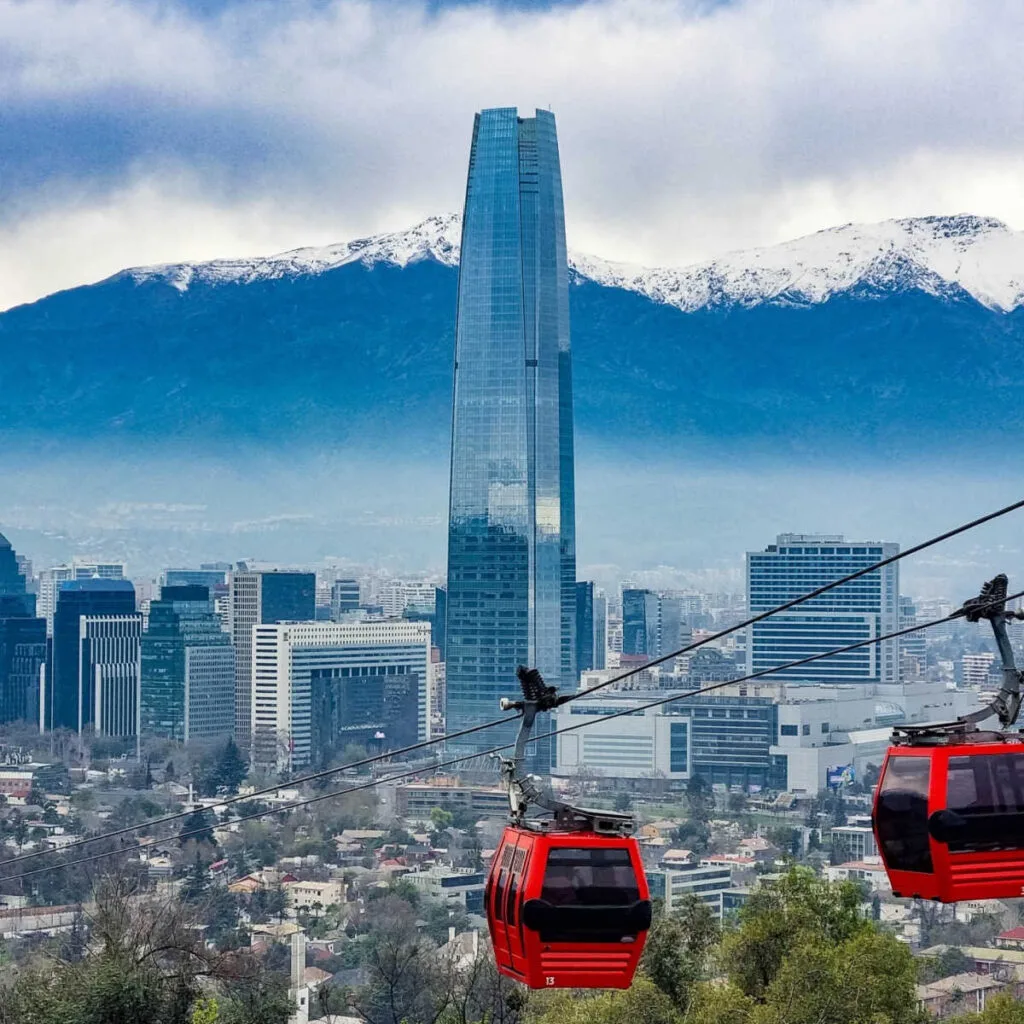
More concerning is the mention of more brazen tactics. Criminals are increasingly operating on motorcycles, a method known locally as “motochorros,” where they can quickly snatch belongings from unsuspecting pedestrians and speed off. The alert also points to a rise in vehicle break-ins and even carjackings, urging travelers who rent a car to never leave valuables in sight and to be especially cautious when stopping at intersections or in slower traffic.
{ if (typeof gtag === ‘function’) { gtag(‘event’, eventName, { ‘event_category’: eventCategory, ‘event_action’: eventAction, ‘event_label’: eventLabel, ‘value’: eventValue }); } else if (typeof ga === ‘function’) { ga(‘send’, ‘event’, eventCategory, eventAction, eventLabel, eventValue); } }; // — END GA TRACKING FUNCTION — const newsFacts = [ { question: “What’s the main security risk in Chile right now?”, answer: “Pickpocketing, phone theft, and opportunistic crimes are increasing, especially in crowded tourist areas.”, }, { question: “What’s the ‘new’ tactic criminals are using?”, answer: “They’re deliberately damaging vehicle tires to create opportunities for theft when drivers stop for help.” }, { question: “Where are the highest risk areas?”, answer: “Santiago, Valparaiso, and Viña Del Mar are highlighted, particularly in crowded centers and at night.” }, { question: “What’s the most important safety rule?”, answer: “Remain hyper-alert to surroundings, avoid displaying valuables, and never physically resist a theft attempt.” } ]; // — Pure JS Build — // MODIFIED buildElement to handle innerHTML when content might be HTML entities const buildElement = (tag, className = ”, content = ”, onClick = null, useInnerHTML = false) => { const el = document.createElement(tag); if (className) el.className = className; if (useInnerHTML) { el.innerHTML = content; // Use innerHTML when content might be HTML entities (like emojis or special chars from WP) } else { el.textContent = content; // Default to textContent for plain text } if (onClick) el.onclick = onClick; return el; }; const buildSnapshot = () => { mainContainer.innerHTML = ”; // Clear container const title = buildElement(‘h3’, ‘ns-title’, ‘Chile Safety: Key Facts You Need To Know Now’); mainContainer.appendChild(title); newsFacts.forEach((fact, index) => { const factCard = buildElement(‘div’, ‘ns-fact-card’, ”, () => { const isRevealed = factCard.classList.toggle(‘revealed’); // Toggle visibility of answer if (isRevealed) { sendGAEvent( ‘news_snapshot_fact_revealed’, // Event Name for GA4 ‘News_Interaction’, // Event Category for UA ‘Fact_Revealed_Click’, // Event Action for UA `Fact_${index + 1}:_${fact.question.substring(0, 30)}…` // Event Label ); } }); const questionDiv = buildElement(‘div’, ‘ns-question’, fact.question, null, true); // Use innerHTML for question factCard.appendChild(questionDiv); const answerDiv = buildElement(‘div’, ‘ns-answer’, fact.answer, null, true); // Use innerHTML for answer factCard.appendChild(answerDiv); mainContainer.appendChild(factCard); }); // Link to Travel Advisory Checker tool on Travel Off Path const checkAdvisoriesLink = buildElement(‘a’, ‘ns-read-more-link’, ‘Check Travel Advisories’); checkAdvisoriesLink.href = ‘https://www.traveloffpath.com/travel-advisory-checker/’; // No target=”_blank” or rel=”noopener noreferrer” for internal link for seamless UX checkAdvisoriesLink.onclick = () => { // Track CTA click sendGAEvent( ‘news_snapshot_cta_click’, ‘News_Interaction’, ‘Check_Advisories_Click’, ‘Chile_Safety_Snapshot’ ); }; mainContainer.appendChild(checkAdvisoriesLink); // — TRACKING SNIPPET VIEW — // Event fires when snapshot is built and displayed sendGAEvent( ‘news_snapshot_view’, ‘News_Interaction’, ‘Snapshot_Viewed’, ‘Chile_Safety_Snapshot_Loaded’ ); // — END TRACKING — }; buildSnapshot(); // Initial build }); ]]> 

Key Areas Of Concern For Travelers
While the alert applies country-wide, the U.S. government puts a spotlight on the most popular urban destinations: the capital city of Santiago and the colorful port city of Valparaiso. These are the areas where tourists are most likely to let their guard down while sightseeing, making them prime targets.
In Santiago, popular neighborhoods like the historic city center (Santiago Centro), Bellavista, and Lastarria are mentioned as hotspots. For Valparaiso, travelers are advised to be extra careful when exploring the city’s famous hills and narrow, winding streets, especially after dark. The guidance is clear: enjoy the culture and the sights, but keep your wits about you, particularly in these densely populated zones.

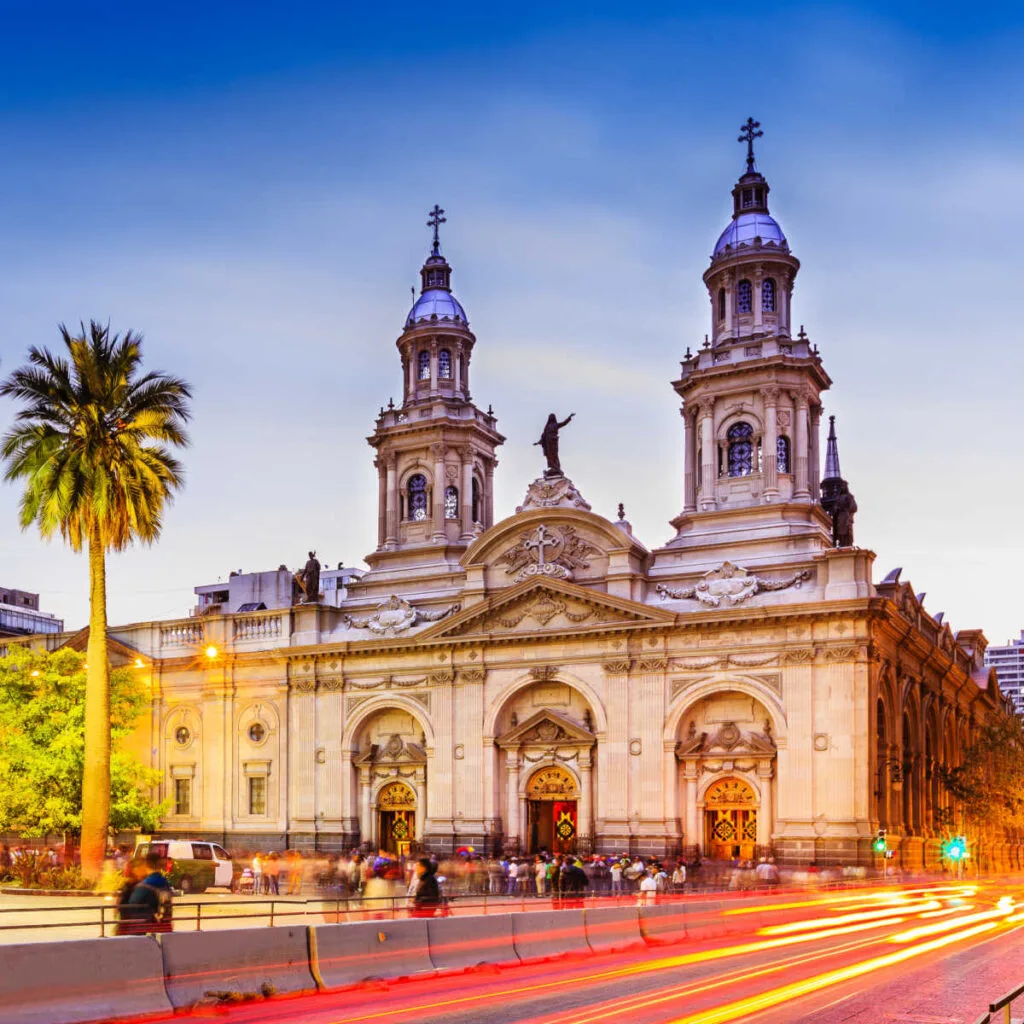
Protests Can Flare Up Without Warning
Beyond street crime, the embassy reiterates a long-standing concern in Chile: the potential for civil unrest. Protests and large-scale demonstrations can, and do, occur throughout the country. While they often start peacefully, the alert warns that they can escalate unpredictably, sometimes leading to clashes with police and significant transportation disruptions.
The U.S. Embassy’s advice for travelers is unequivocal: avoid all protests and demonstrations. Visitors are urged to monitor local media for news of planned marches and to have a backup plan if their movements are restricted by unexpected civil action. Getting caught in a protest, even as an observer, can be a risky situation.

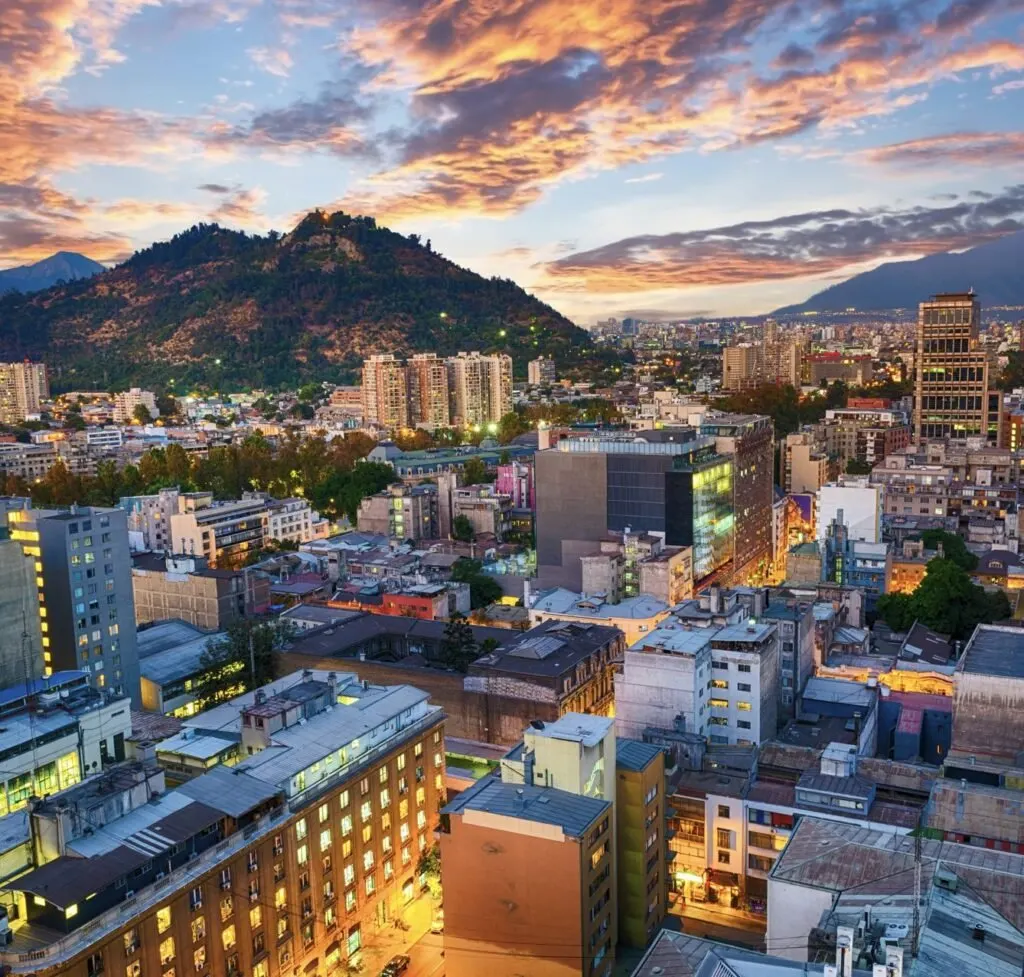
How To Stay Safe On Your Trip
So what does this all mean for your travel plans? It simply means you need to travel smarter. The embassy provides clear, actionable steps to minimize your risk and ensure a safe trip.
First and foremost, maintain a low profile. Avoid displaying expensive items like cameras, jewelry, and high-end smartphones. Dressing down can help you blend in more easily. Be hyper-aware of your surroundings, especially when using your phone in public or withdrawing cash from an ATM.
When it comes to getting around, stick to reputable, registered taxis or well-known ride-sharing apps. Finally, always trust your gut. If a situation or area feels unsafe, leave immediately. By taking these common-sense precautions, you can still have an incredible time exploring one of South America’s most spectacular countries.
Staying updated on the latest security situation is just as crucial as booking your flight, and you can check the official warnings for any destination in seconds using our free Travel Advisory tool.
The Travel Off Path Advantage: Your Travel Toolkit
Subscribe To Our Latest Posts
Enter your email address to subscribe to Travel Off Path’s latest breaking travel news, straight to your inbox.
Please visit:
Our Sponsor
